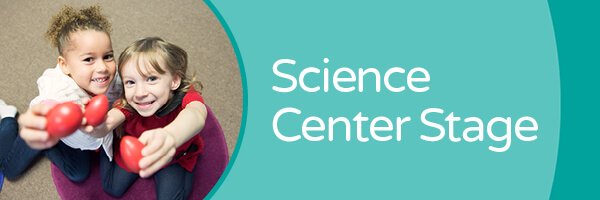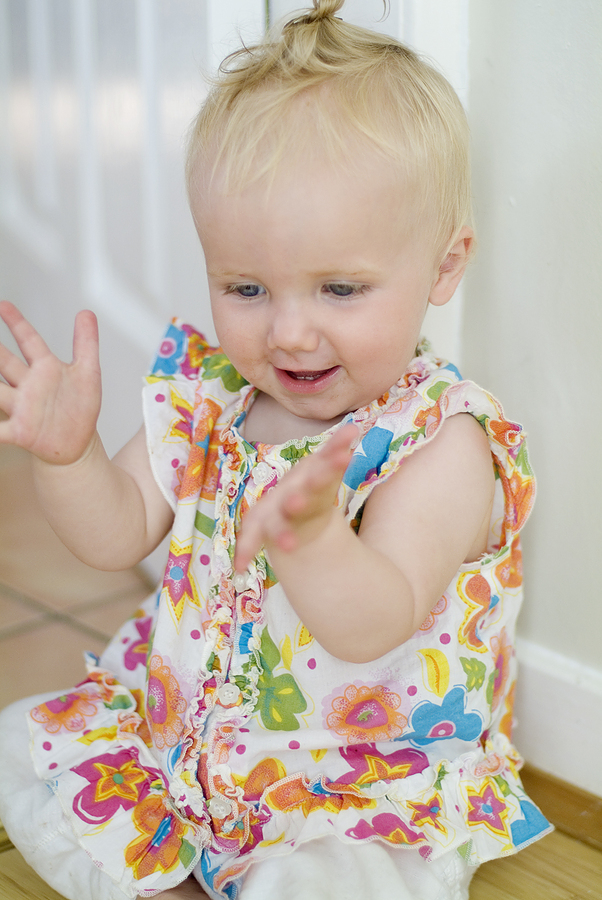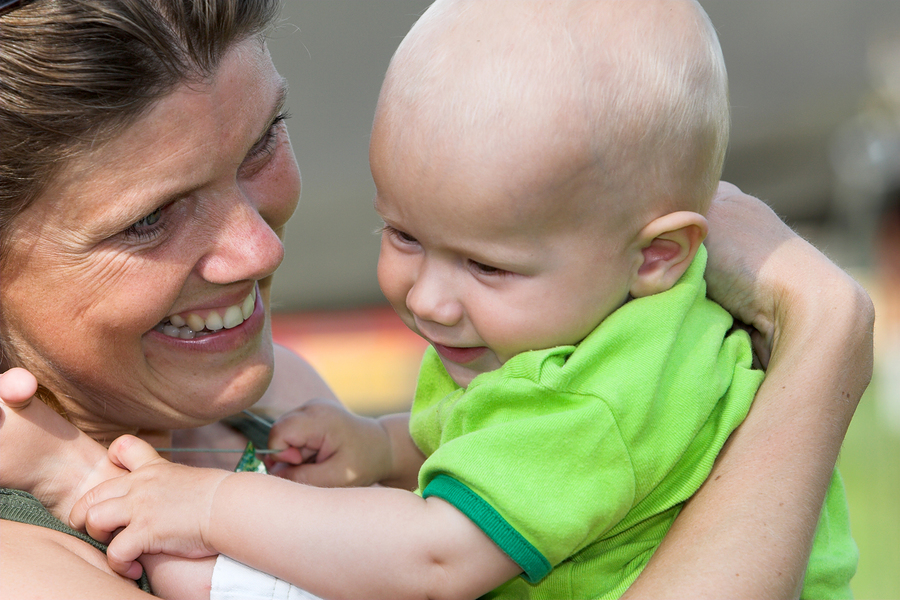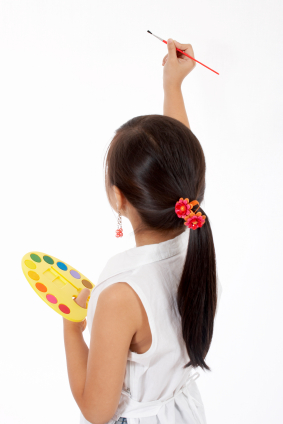[vc_row][vc_column][vc_column_text]We talk often about how music impacts our lives in countless ways. With our little ones, we focus on the positive effects of music as children grow – specifically development in the language, social, emotional, fine and gross motor, and cognitive domains. All of these domains are controlled by that mysterious organ – the human brain. Science tells us that the brain LOVES music and responds in wonderful ways. Dr. Boyle shares recent research on the topic in today’s post.
[/vc_column_text][/vc_column][/vc_row][vc_row][vc_column][vc_column_text]Music is like an intangible vitamin for the brain. It’s not just listening to music that’s key; participation in musical activity unlocks accelerated brain development. When adding movement to the equation, benefits increase.
Movement + Music
As we move and increase our heart rate, the brain receives more oxygen. Research indicates that improved oxygenation of the brain improves cognition. Adding music into the equation lights up important areas of the brain, which have already been primed with physical activity. While listening to music, parts of the brain responsible for motor skills, emotions, and creativity glow when viewed with magnetic resonance imaging.
[/vc_column_text][/vc_column][/vc_row][vc_row][vc_column][vc_column_text]
What’s Going on in There?
Think of it this way – taking part in musical activities is like a “work out” for the brain. Here’s what’s going on:
- The visual, motor, and auditory cortices are activated.
- When these areas are activated regularly through music, they are strengthened. That strength can be applied to other tasks.
- Increased activity in the corpus callosum – the pathway between the brains two hemispheres.
- This allows for information to travel throughout the brain more efficiently.
All of this can lead to greater executive function and problem solving skills. While recent research in neuroplasticity tells us it’s never too late to change established brain function and learn new things, it certainly is highly beneficial to start musical activities early. Birth to age seven is such an important period in brain development; music’s benefits on the brain are particularly impactful during this time.[/vc_column_text][/vc_column][/vc_row][vc_row][vc_column][vc_column_text]Oliver Sacks, author and neurologist, wrote extensively about the impact of music on the brain. In this video, Dr. Sack’s became the subject of his own research. He had himself scanned while listening to different music – specifically to see if his love of Bach’s music would show up on MRI scans. His emotional response to Bach was actually observed on the screen![/vc_column_text][vc_video link=”https://youtu.be/AUT9UTVrwp8?t=10s”][vc_separator][/vc_column][/vc_row][vc_row][vc_column][vc_column_text]So…don’t wait! The brain knows what it wants…music music music! Get your young ones started early. Listening is wonderful. Partaking in musical activities is better. Involving the body and having a parent join in on the fun is the best! Find a Kindermusik class near you and start building those neural connections today![/vc_column_text][/vc_column][/vc_row]













 I believe that music, as the only activity that simultaneously stimulates every area of the brain, is the best choice for my children through first grade. But what after they were done with Kindermusik?
I believe that music, as the only activity that simultaneously stimulates every area of the brain, is the best choice for my children through first grade. But what after they were done with Kindermusik?